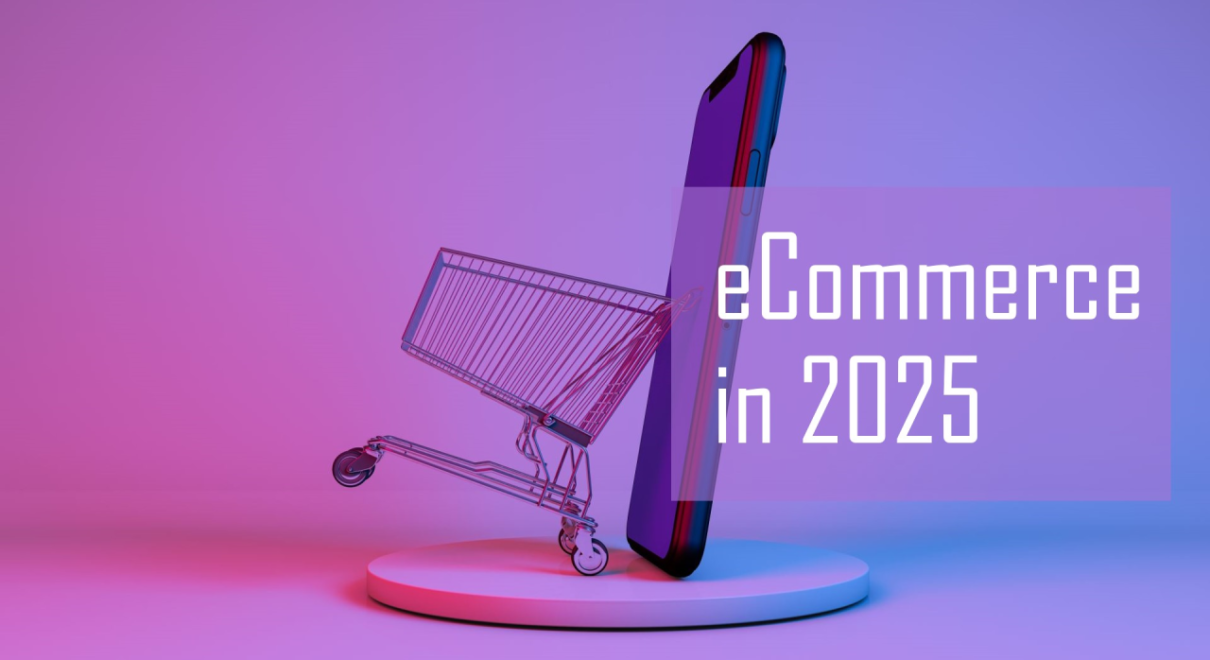As we step into 2025, the e-commerce landscape continues to evolve at a rapid pace. Businesses are constantly adapting to incorporate new technologies and strategies to stay competitive.
This article explores the most significant e-commerce marketing trends for 2025, providing insights into how these trends can help you stay ahead in the online retail space.
1. AI-Driven Personalization:
In 2025, artificial intelligence (AI) has become more sophisticated, enabling unprecedented levels of personalization in online shopping. AI algorithms now analyze customer data in real-time to offer personalized shopping experiences, product recommendations, and customer service interactions. Brands that harness this technology effectively are seeing increased customer loyalty and conversion rates.
2. Augmented Reality Shopping Experiences:
Augmented Reality (AR) has transitioned from a novelty to a necessity in the e-commerce sector. AR tools allow customers to visualize products in their own space or on themselves before making a purchase, reducing the uncertainty that often accompanies online shopping. This technology is particularly influential in industries like furniture, home decor, and fashion.
3. Sustainability as a Marketing Lever:
Consumer awareness about environmental issues is at an all-time high in 2025. E-commerce brands are responding by highlighting their sustainability efforts in their marketing strategies. This includes using eco-friendly packaging, showcasing sustainable products, and adopting greener logistics practices. Transparency in these efforts is crucial as consumers are increasingly making purchasing decisions based on a brand’s environmental impact.
4. Omnichannel Shopping Experiences:
While e-commerce continues to grow, the line between online and offline shopping is blurring. Omnichannel strategies that provide a seamless shopping experience across various platforms and devices are crucial. Integrating offline touchpoints through QR codes, pop-up shops, or click-and-collect options enhances customer engagement and increases sales opportunities.
5. Voice Commerce on the Rise:
Voice-activated shopping is becoming more mainstream as more households adopt smart speakers and voice-assisted devices. Brands are optimizing their online content for voice search and integrating voice commerce capabilities into their platforms to capture this growing market.
6. Advanced Data Security Measures:
With the increase in online transactions, data security continues to be a paramount concern for shoppers.
In 2025, e-commerce businesses are investing heavily in advanced cybersecurity measures to protect customer information.
Trust badges, secure payment gateways, and regular security audits are becoming standard practices to ensure consumer confidence and safeguard business operations.
Conclusion
The e-commerce landscape in 2025 is dynamic and requires businesses to continuously adapt and innovate.
By embracing AI-driven personalization, augmented reality, sustainability, omnichannel strategies, voice commerce, and robust security measures, brands can not only meet but exceed consumer expectations.
Staying ahead of these trends will be key to succeeding in the competitive world of online retail.







